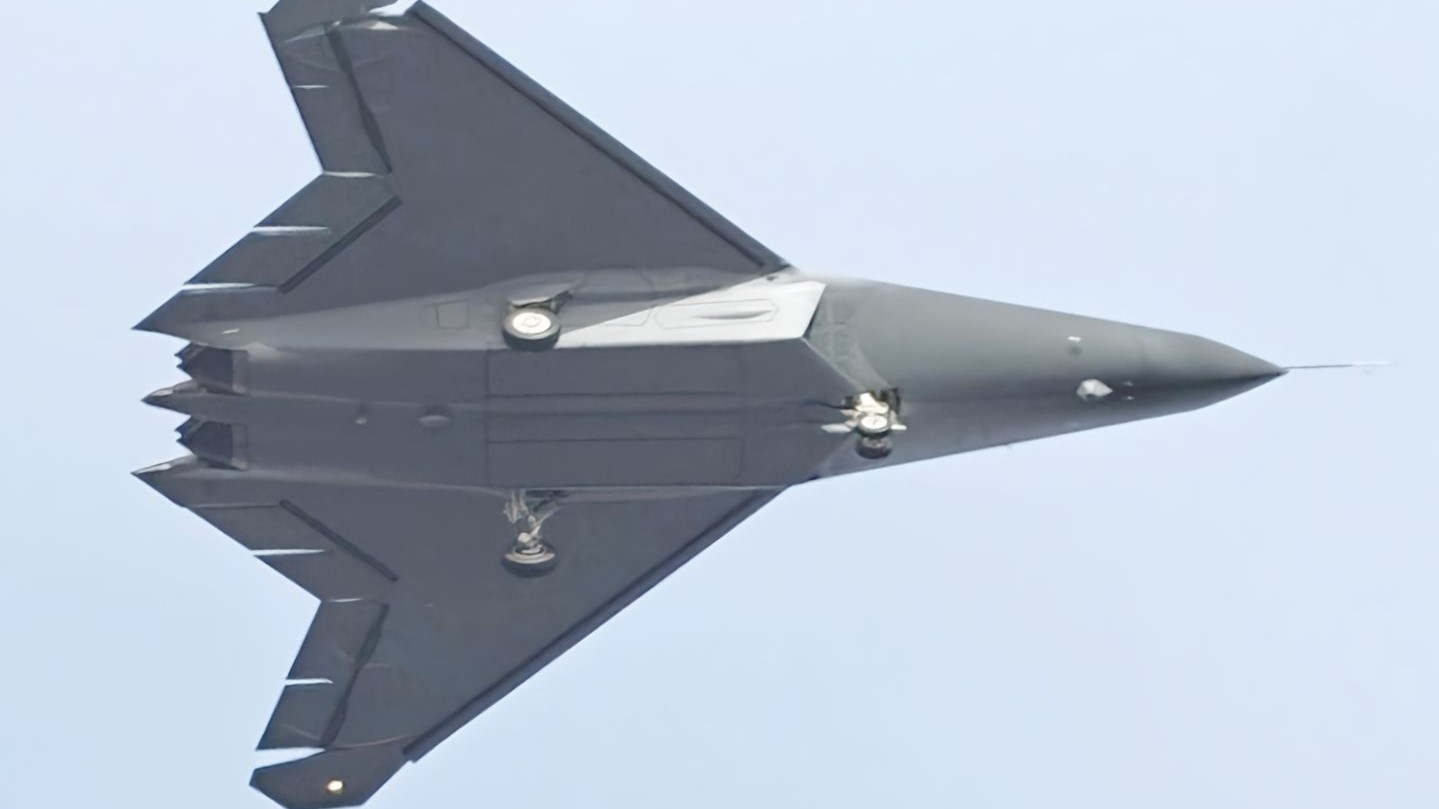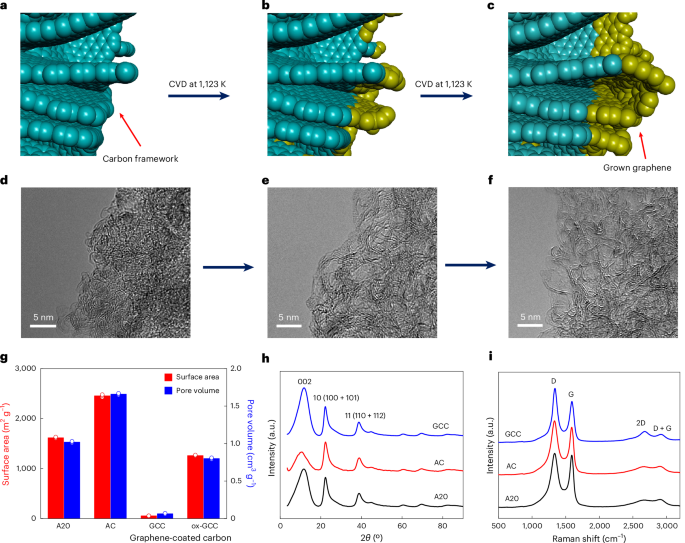Don’t limit defense innovation by capping small-biz awards
A proposed change to the Small Business Innovation Research program would deprive the military of some of its best problem-solvers.

I spent nearly four decades in the Navy, first as a helicopter pilot, and then 23 years as a civilian. For nearly a decade I oversaw the Navy’s Small Business Innovation Research (SBIR) and Small Business Technology Transfer (STTR) programs, investing $650 million of a roughly $3.2 billion government-wide budget in the brightest ideas from the most innovative small businesses to support our sailors and Marines.
But proposed legislation from Sen. Joni Ernst, R-Iowa, to reauthorize what is widely regarded as “America’s seed fund” would arbitrarily set a cap for awardees, potentially cutting out the most experienced and successful recipients.
The target are firms unfairly derided as “SBIR mills” for allegedly bilking the government. The reality is they are regularly the Department of Defense’s go-to for technology research for which there are relatively few other players capable or willing. Put simply, punishing these multiple award winners for their successful track record would be disastrous for our efforts to develop and field new technologies as we are struggling to outpace our adversaries.
Experience matters
A few examples of Navy SBIR/STTR success stories demonstrate the unique capabilities that these competitive, merit-based investments have provided to our men and women in uniform. A complex computer system developed by Progeny Systems helps maintain attack submarines and train its crews. An electro-optical wave imaging system outfitted on a drone by Areté to detect dangerous sea mines is now in full-rate production. Specially outfitted helmets to protect the hearing of flight-deck crews aboard aircraft carriers was similarly developed and fielded by Creare through a series of SBIR awards.
Moving these new technologies from concept to development and finally into a real-world capability—from a Phase I SBIR award to Phase II and finally to Phase III – was not easy. They did not follow a clear and predictable path. Bureaucratic, technical or financial hurdles popped up along the way.
As a result, experienced awardees have often required numerous awards over as many as seven years to prove and ultimately scale up technologies that meet warfighters' needs. In many instances, SBIR-derived capabilities are also classified and integrated into larger military platforms where they are not easily tracked publicly. As such, they frequently do not translate into larger commercial applications or markets. They don’t end up on the shelf at Best Buy for a reason, as some critics are demanding.
Collateral damage
Those who describe multiple award winners as laggards, taking advantage of the program without results, are wildly misguided.
These firms regularly have the best approach, day to day, to solving difficult technical challenges. As a government official, I used the competitive-selection process to choose partners with the right ideas, regardless of their previous participation in the program, based on cost, schedule, and performance.
Capping SBIR awards would cause irreparable damage to these efforts.
It would limit the most innovative ideas available to the Navy and other military branches, by shutting out some of the most advanced defense technology firms that are helping identify possible solutions to a host of operational challenges. It would imperil current projects that are in the process of filling well-identified gaps. And it would penalize firms, to no fault of their own, for the frequent failure of the Pentagon or other agencies to clearly define a transition pathway and provide the necessary funding in a timely, predictable manner.
Finally, there is zero guarantee that new entrants could be structured in such a way—or could justify to their investors—to take on the role of these firms. In effect, limiting awards would achieve the very opposite goal of many supporters of SBIR reauthorization to expand the aperture for the most promising new technologies.
Building new bridges
Frequently awarded firms are often just as frustrated by the DoD’s tortuous process to transition technology as newer venture-funded entrants, many of whom are supporting the Ernst bill. The bill does nothing to improve that process. Why does the bill only hold experienced small business accountable for lack of technology transition when their federal customers still don’t seem to place enough value in getting them there?
There are new and evolving avenues that could be better leveraged to improve outcomes more quickly, for both experienced companies and new innovators.
For example, the Defense Department has established a series of funding mechanisms in recent years to accelerate SBIR-derived technologies, such as the Navy’s Catapult initiative and the Army’s Catalyst program.
As I learned inside the SBIR process, the key to success is enlisting, as early as possible, larger Pentagon acquisition programs, prime contractors, and venture capital that can match SBIR funding and demonstrate the commitment needed to bring technology solutions to fruition.
In other words, government must ask up front, “What happens if this works?” Knowing the answer is the most effective way to get greater participation in the SBIR program and ensure companies have confidence there are more opportunities to achieve long-term success.
But we won’t get there without the continued contributions of experienced SBIR firms.
Multiple award winners are often the only source of technologies that have never attracted private funding. To shut them out of the SBIR program now would hobble the most successful government entrepreneurship effort to date and weaken our national security.
Robert Smith is the former director of Department of the Navy SBIR/STTR programs. ]]>

















































































































































